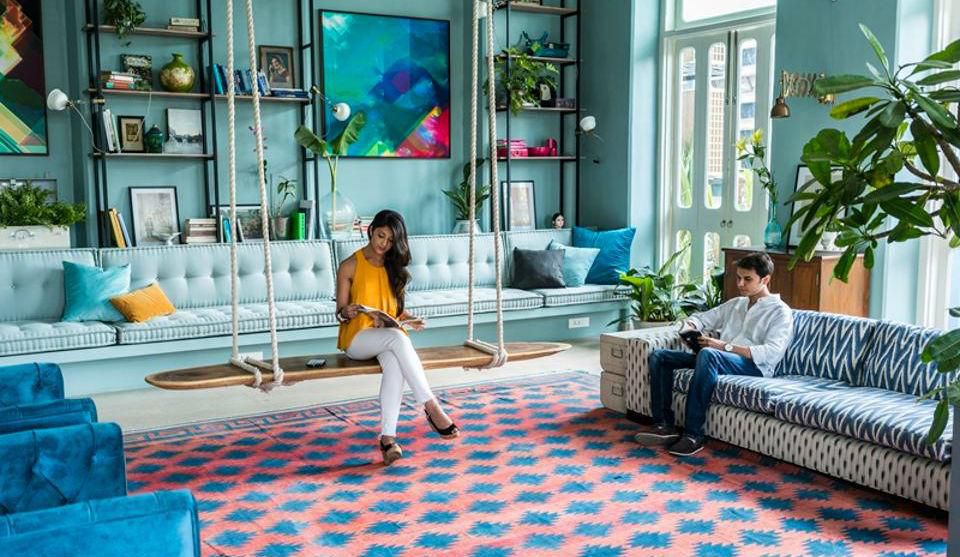
There’s a fierce debate going on in the workplace right now. Recent articles have come out attacking the open office space (no surprise as more and more studies are finding out that the trend has not been successful).
However, there have also been opinions criticizing the closed office space.
Here’s a great example:
Inc. Magazine, which is a pretty great website, came out with this article: New Harvard Study: Your Open-Plan Office Is Making Your Team Less Collaborative. This was in June of last year.
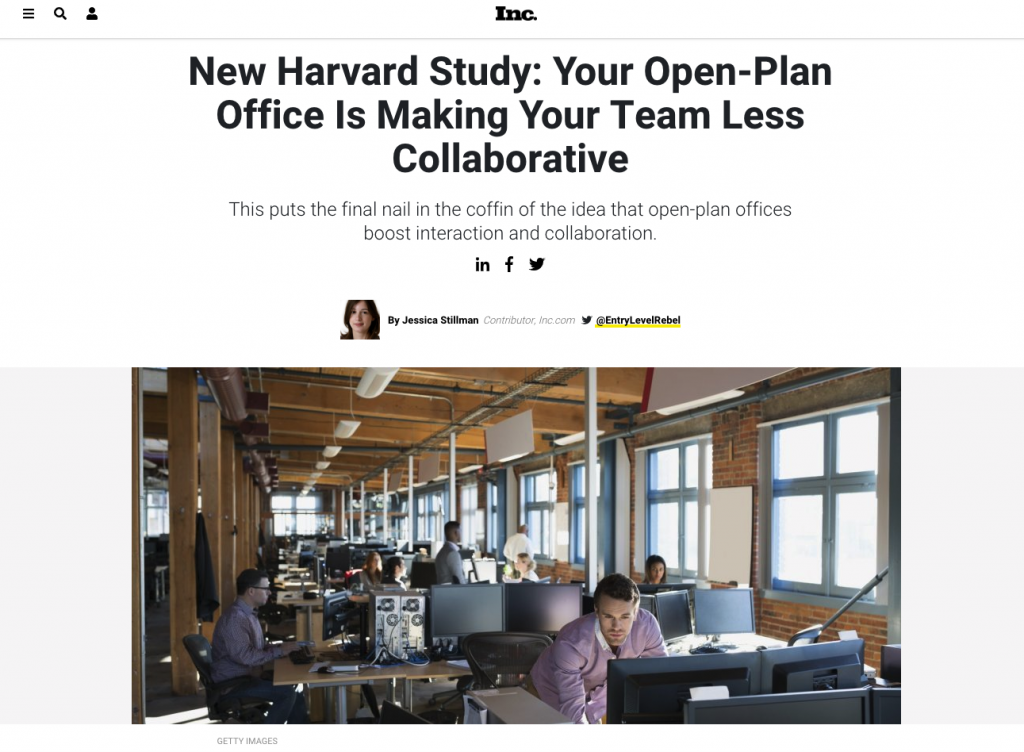
That same month, this other article came out: Open Offices Are Amazing. (Here’s Why the Naysayers are 100 Percent Wrong)
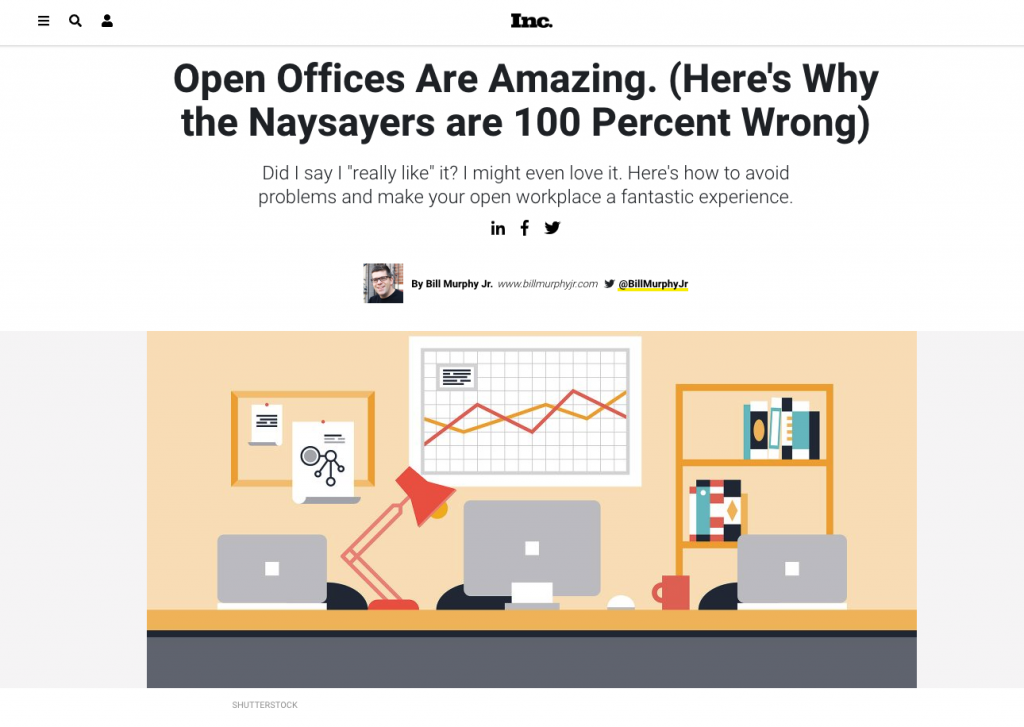
So obviously, these two people really disagree with each other — but ironically, they’re writing for the same magazine.
And then in this very same magazine, the month after, this article comes up: It’s Official: Open-Plan Offices are Now the Dumbest Management Fad of All Time.
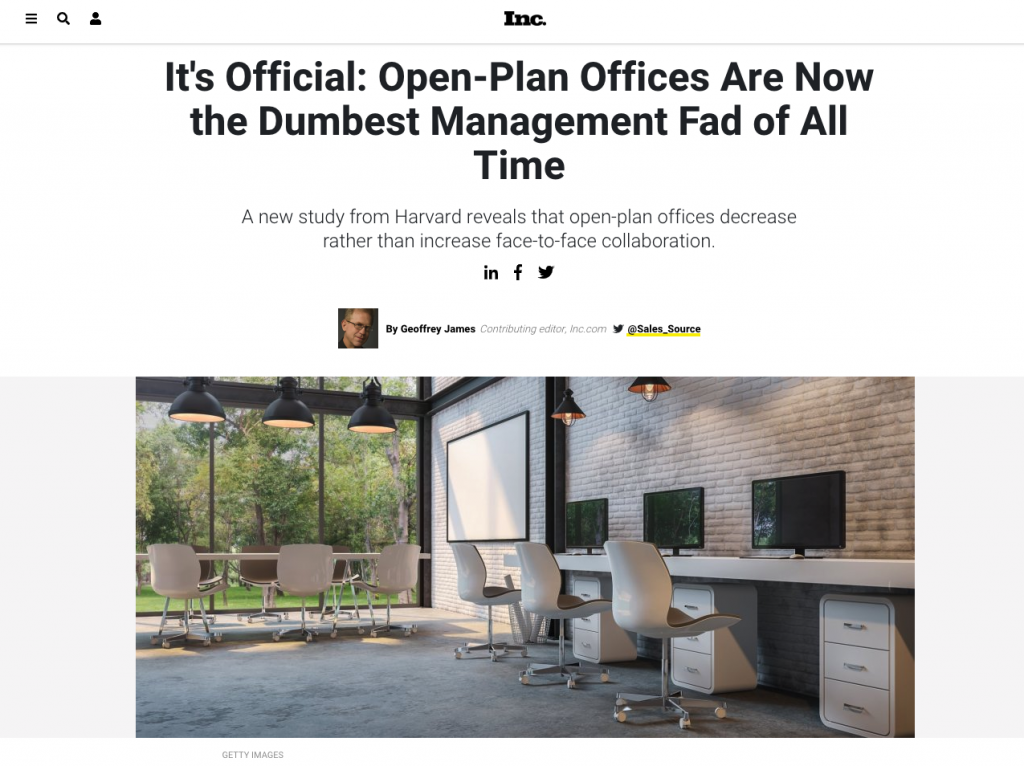
So three authors, three articles contradicting each other, people advocating for the open office, closed office — and it goes even further.
Even scientific research is in conflict: Is the open office better? Is the closed office better?
The conclusion of a study in the Occupational Environmental Medicine Journal about workplaces had this quote: “Workers in open offices are less stressed and more active than cubicle workers because they move around more to interact with colleagues.”
And then another paper came out, by Harvard researchers, suggesting that “People who work in open offices are less likely than cubicle-dwellers to collaborate or interact with their colleagues.”
Read: How to Collaborate on Design Projects While Keeping Your Data Secure
So: Two scientific research studies came out and the conclusions are conflicting, so it poses the question: Why are people debating the open office versus the closed office?
I imagine that those two papers were a lot more research-based, but the articles from earlier has a lot to do with the office those people had worked in. And I think people are focusing on the wrong question. It’s not about the open office necessarily versus a closed office.
According to environmental psychology, it’s really about the two states that you have in the office: the happy and creative state, versus the stressed state. And then the question is, what type of office creates these environments for different people?
By rephrasing the debate, we can create better offices. Again, it’s no longer about the open office versus closed office (and we’ll go into that a little bit deeper).
Read: The Anatomy of Good Coworking Space Design, In Pictures
Unhappy and stressed out workers are creating huge losses for companies. There’s an estimate that $450 billion to $550 billion is lost to the US economy due to unproductive workers.
The cost to replace a high-level executive who isn’t engaged, is stressed, and is not performing can cost 200% of that person’s salary.
There’s also a study that estimates that 15 days is the number of sick days a person who is unhappy at work will take in a year, which is a lot more than companies usually give. And especially in North America — 15 days is almost double the amount of vacation days in a year.
Factors That Affect Happiness in Workspace Design
So what we’ve done is, we have identified three factors that really affect happiness and stress on all the employees in the workplace. Looking at it as a hierarchical pyramid, environment is the most important factor. After that comes your emotional well-being, or your wellness in the workplace. Last but not the least is flexibility. They’re all important, of course, but without one you can’t have the next one.
These three elements are often overlooked, especially when companies are upgrading their space or looking for a new space.
Let’s start with environment and its different components.
There’s sound. It’s a huge issue, and actually one of the big issues of the open office. A lot of designers in the last 10, 15 years have been specifying concrete flooring and hard surfaces, but without really taking into account how quickly and easily sound travels. So here you are, trying to focus on work, and you can hear the person next to you on the phone, or there’s lots of muffled sounds in the office, and it’s hard to concentrate.
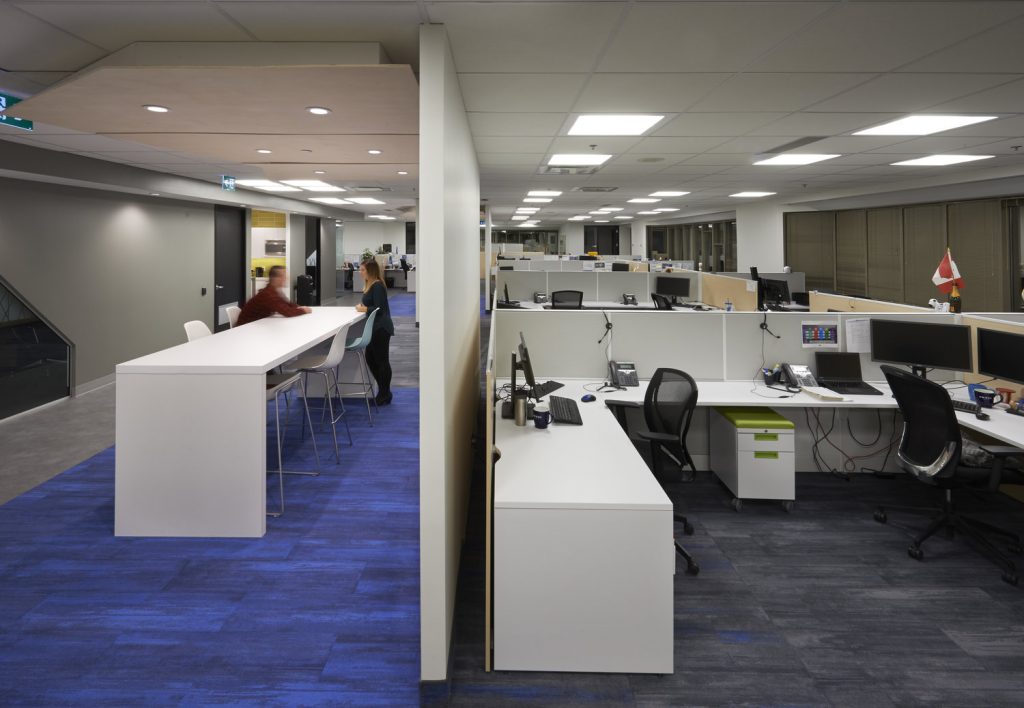
There’s also temperature. Different levels of heat or cold result in different amounts of productivity from workers. When you’re really hot, you’re much less productive than when you’re in cool temperature. I know that men and women have different temperature thresholds of where they are better at performing, and also your body weight is a big factor.
Of course, it’s not always easy for designers to be able to accommodate all those elements. But if you have a variety of spaces within an office, they may then at least have personal control on their temperature.
Daylight is really important as well. There’s a study that shows people who don’t get enough have a lot more trouble sleeping at night, and/or don’t have as good a quality of sleep at night than those who do get enough daylight.
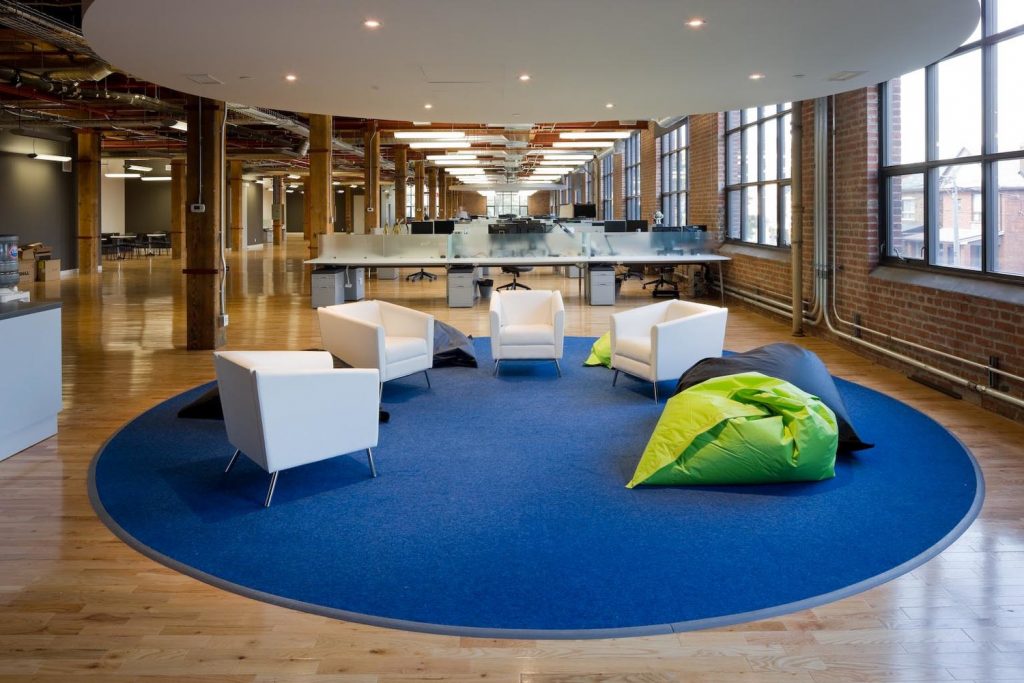
Obviously, that affects the way that people are the next day. When you’re tired and you haven’t been recharged, you’re not as happy, creative, or productive.
Let’s go to emotional needs.
I’d say sound and privacy are probably the two biggest challenges that have come out of the open office. One thing we hear all the time when designing an office space is that people don’t want to have their backs to people in the hallway, who can then see what they’re working on. It’s uncomfortable when you just need to take a few minutes’ break and you want to browse your Facebook or you want to go on your Instagram. But even if you’re not doing that, it’s still uncomfortable that you don’t have privacy and people can see what you’re working on all the time.
On the matter of interaction — like we saw, different studies have come out in research papers about interacting with colleagues. In some cases you’re doing it more in the open office, and in other cases, you’re just doing less.
But I feel like technology is also a big factor affecting how people are interacting. Take applications like WhatsApp and Slack, for example: People often jump on Slack before actually getting out of their desk and walking across the office interact with a colleague.
Couple that with this big loneliness epidemic happening around the world, but predominantly in Europe, where right now, technology is taking over in a bigger way.
Read: The Key to Successful Coworking Space Design is Helping People Feel Less Lonely
There are studies to show that people don’t really have any friends in the office, or at least, not as much as they used to. I remember when I had my first job in the UK as an architect, there were people who would socialize with each other on the weekends and in the evenings. That’s on top of working together on a daily basis. And again, this is just not happening as much anymore, and people don’t feel as close to their colleagues as they used to.
And then there’s the element of safety. Simon Sinek discusses this idea of a circle of safety in his TED talks. Sinek’s discussion is more specific to management strategies, but the concept also applies to design for the workspace. In design, this means creating safe places for people to work in and leave their objects. So for example, if someone’s working late at night and they go down to the lobby and it’s dark and dingy, that doesn’t feel like a safe space where someone’s gonna be comfortable leaving the office after six, seven o’clock.
Designing with those elements in mind, having somewhere personal to leave your stuff overnight, where you feel you can safely leave your belongings in the office and not have them get stolen — something like that is important. Safety, or the lack thereof, is an important factor to whether you’re stressed or happy at work.
And finally, flexibility, by which we mean a couple of things. One is the ability to work from home, and the ability to not necessarily have to be in the office from nine to five. Instead, to get your hours in, you start at 10 in the morning and finish at six or 7 PM. So as long as you get your work done, your hours are flexible. A lot of companies are starting to take this on.
Read: How to Create Job Site Packets in Minutes
How do we relate this to interior design? That translates to offering a variety of spaces within the workplace where people have the flexibility to do different types of work.
Let me give you an example: Right now, I’m sitting in a conferencing room in our office, away from everywhere else. This means I have the option to speak but not disturb everyone. I can do focused work in here. This autonomy of being able to get up from your desk, walk around, and use those different spaces within the space, is helpful.
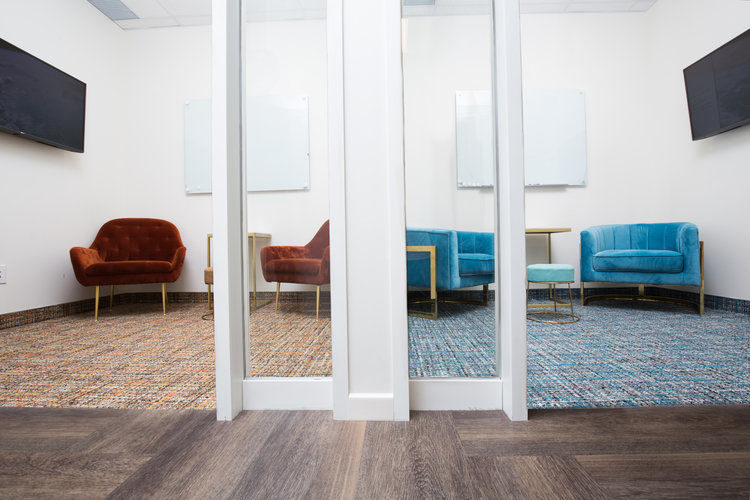
Another thing to consider is that there aren’t just different personalities in an office, but different generations as well.
In our office, for example, there are five: all the way from Gen Z to the baby boomers, and everyone works quite differently. They may be using the same spaces, but they might be using them for different reasons.
There’s a guy in our office who, every single task he does, he does it all over the office. And that’s because he finds that those different parts of the office are more conducive to whatever he’s working on at the moment.
So here’s the key: There are different activities that may be suitable to different types of spaces.
You may want to have a one on one meetings with someone — it’s not ideal to have it at your desk, because you are going to be disturbing everyone around you, and you’re not gonna be able to focus on it.
In this case, you’ll want to use a conferencing room. Depending on the size, it can also be used for individual focused work. The important thing is that it’s a closed door and there’s no one to disturb.
There can also be a an area where people can recharge: Socialize, do non-work-related activities, and then go back to work with a fresh mind.
These are just some examples. You can see how it’s been applied in a couple of projects in this article.
Featured image: Ministry of New, India
This post is an excerpt of a webinar and podcast by Noam Hazan, hosted by Fohlio Inc. You can watch the complete webinar with visual aids here, or listen to the complete podcast here:
Subscribe to our podcast here!
Fohlio helps you put together service and job site packages more easily, calculate cost and profit, and deliver more projects in less time. Check out our features here. Schedule a demo here.
Expore Fohlio
Learn how to:
- Save days of work with faster specification
- Create firm-wide design standards
- Automate and centralize procurement
- Keep your whole team on the same Page
- Manage product data
- Track budget against cost in real time.
- Prepare for asset valuation
Published Jul 1, 2019

